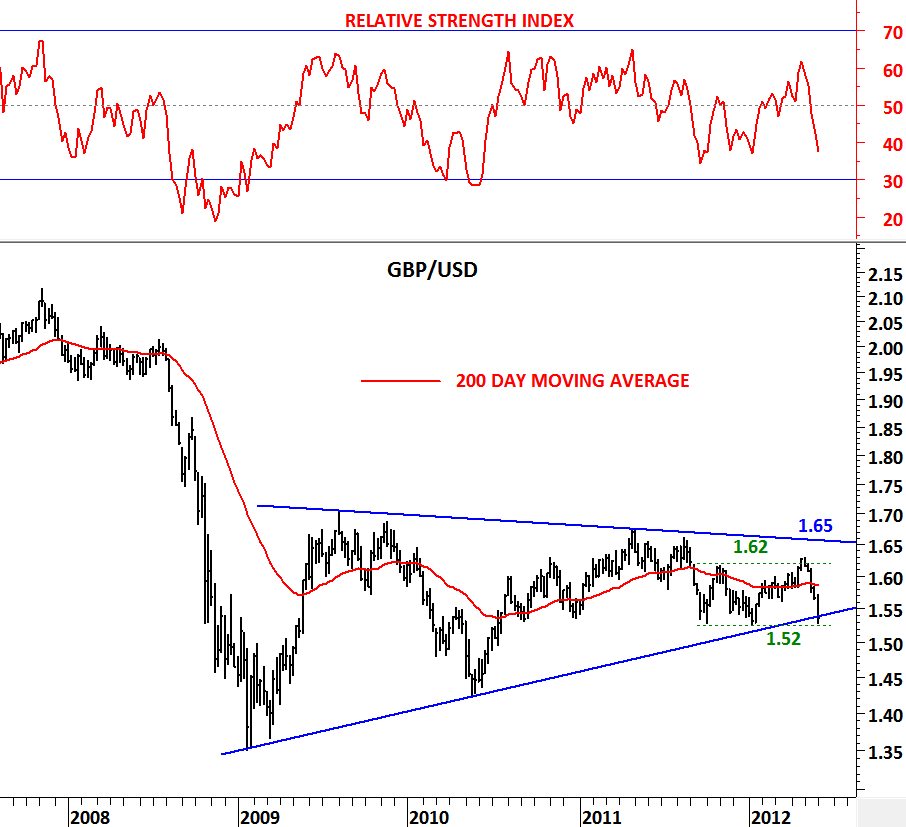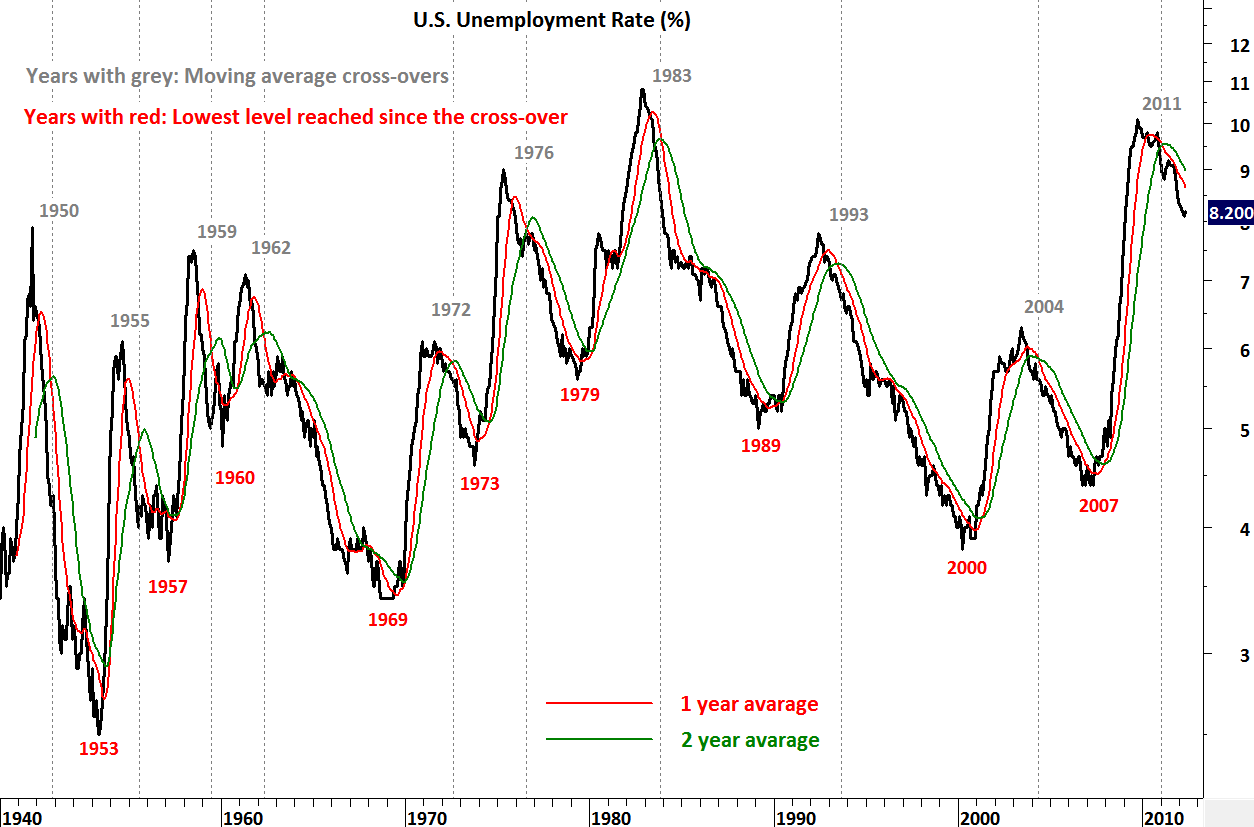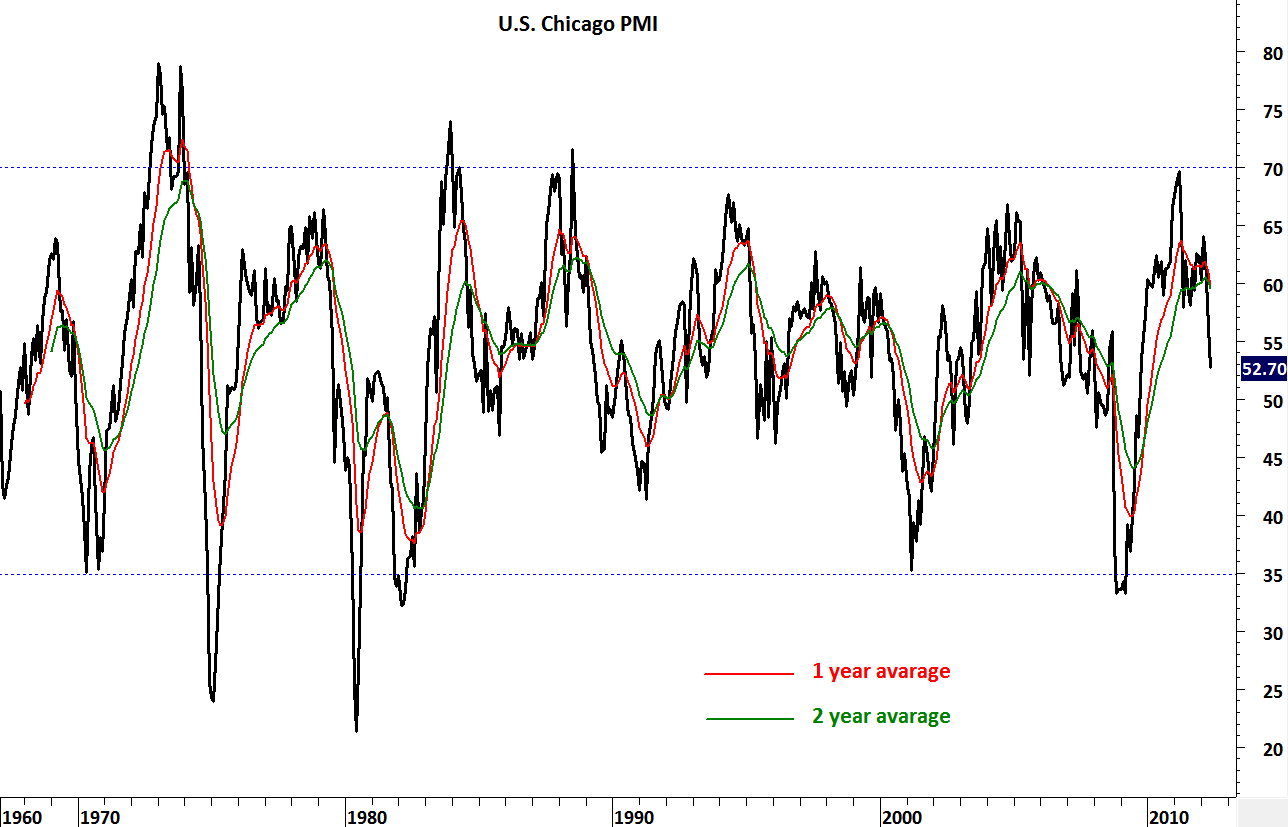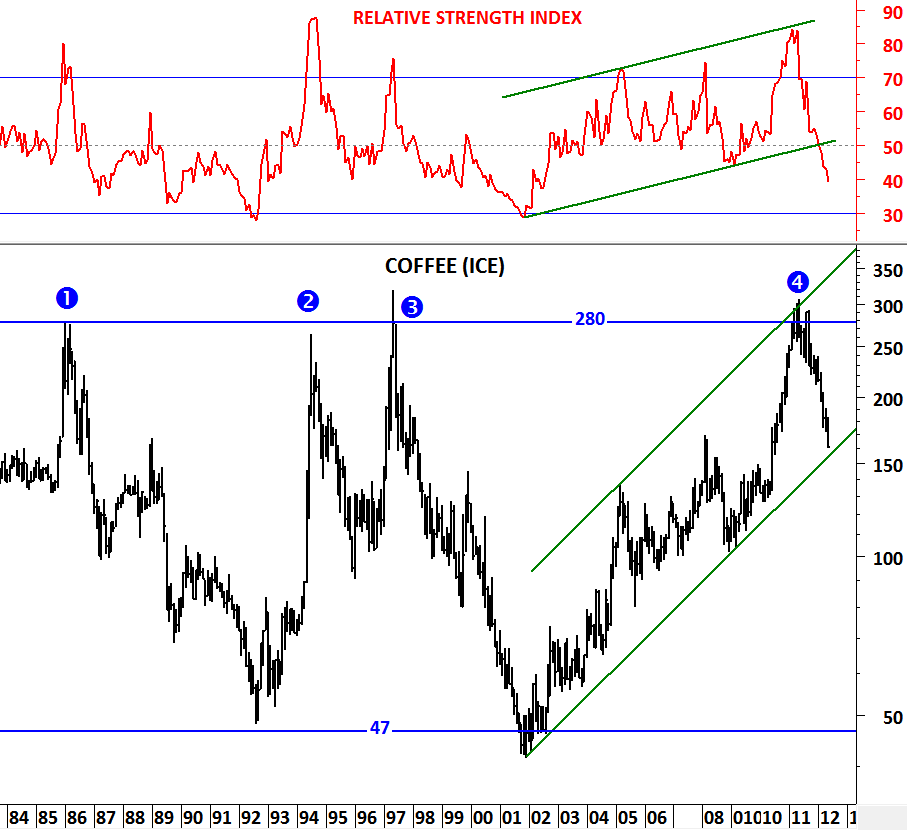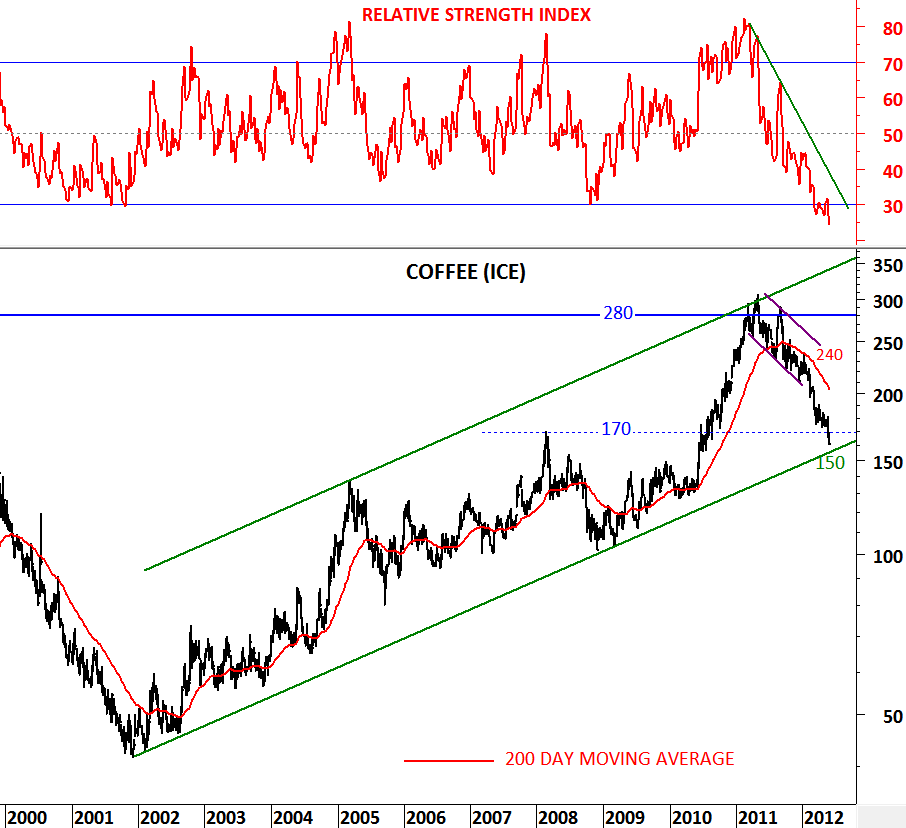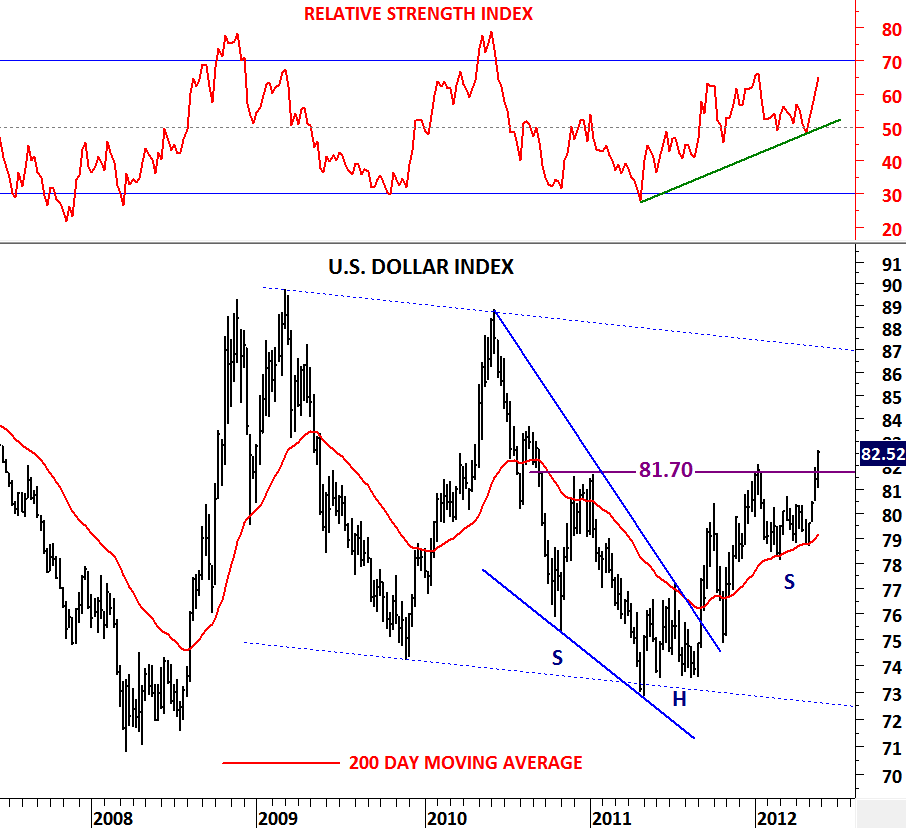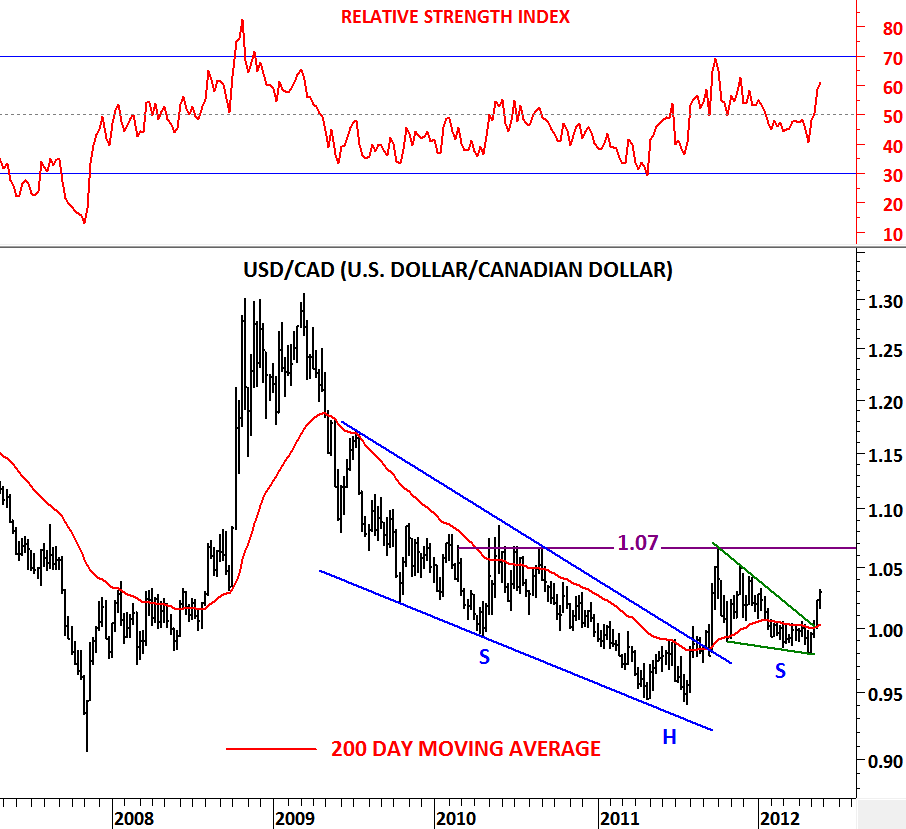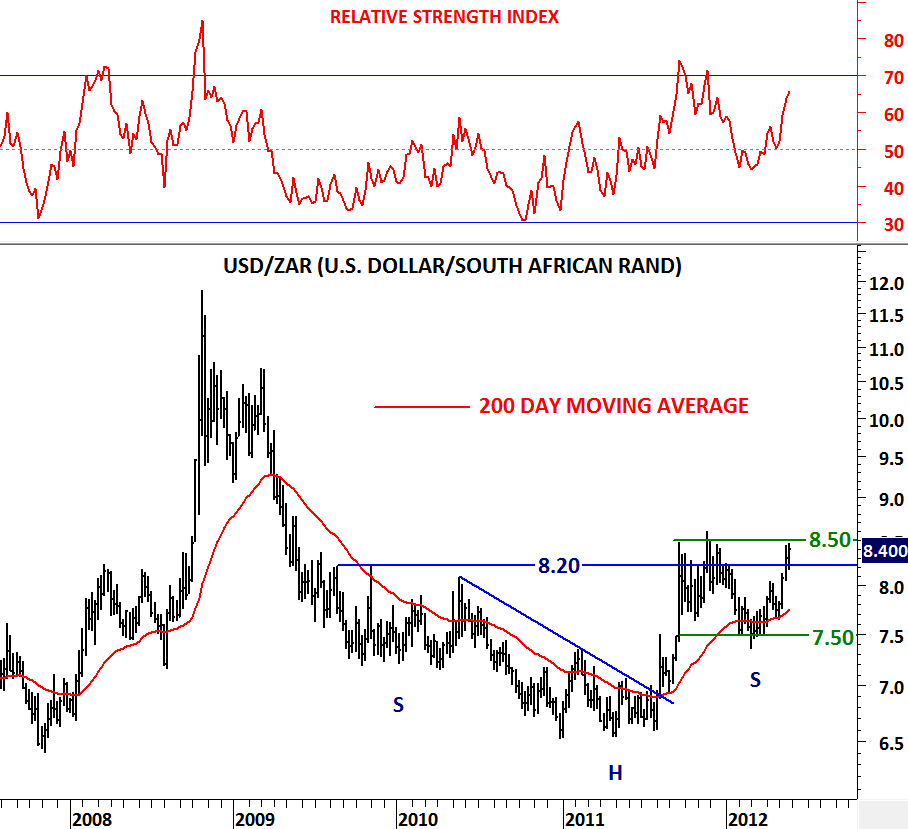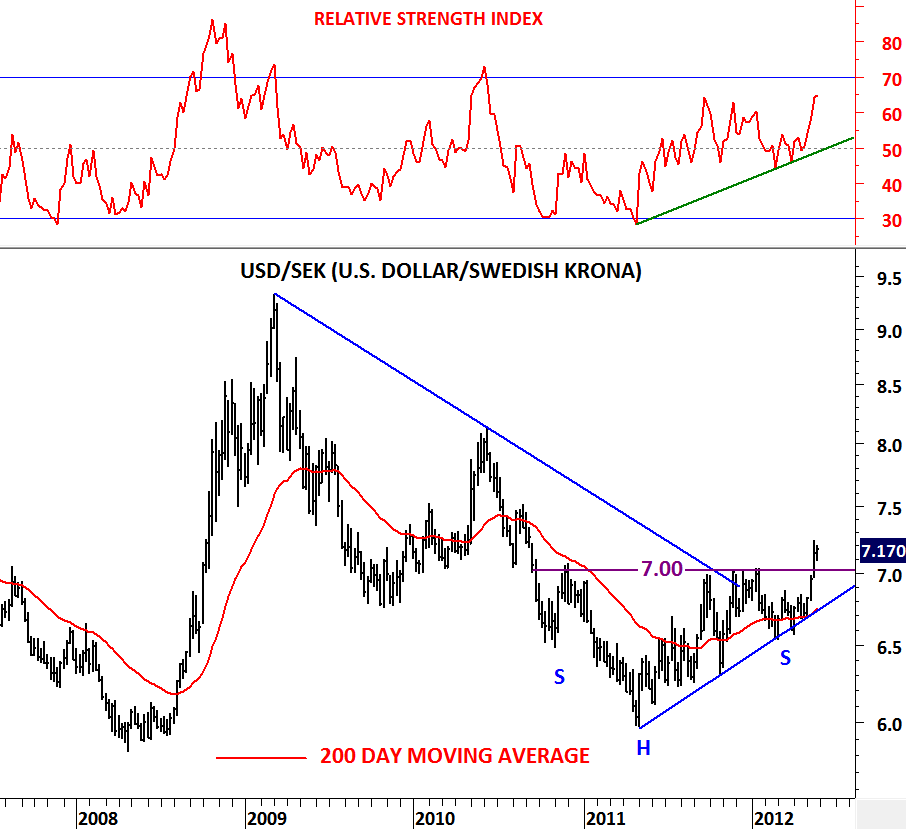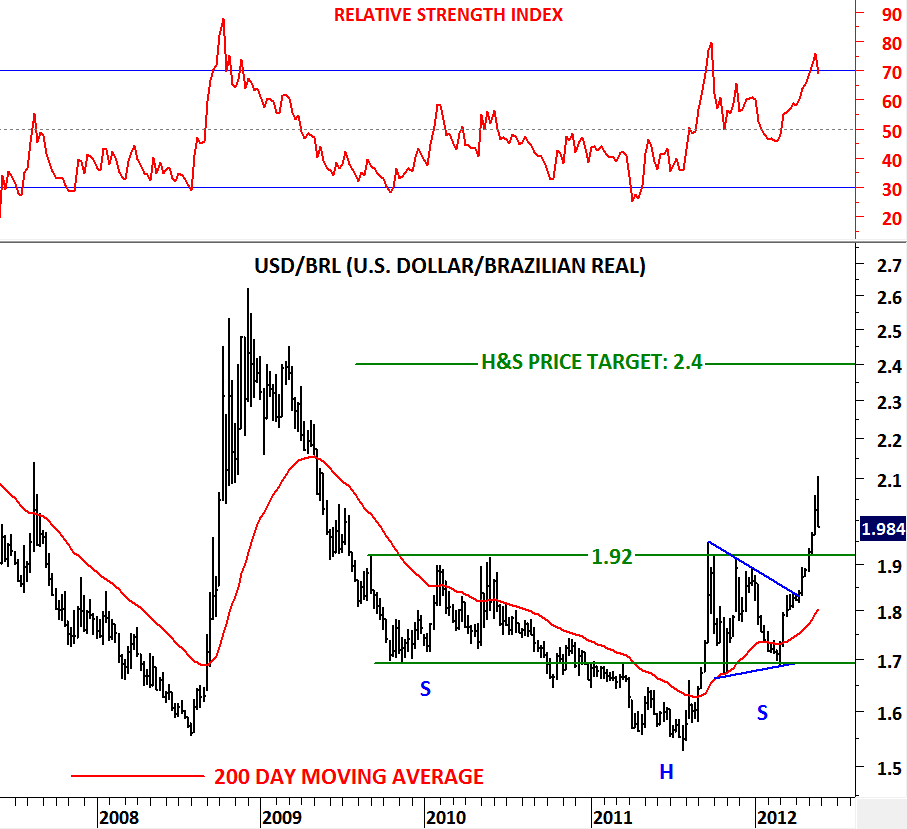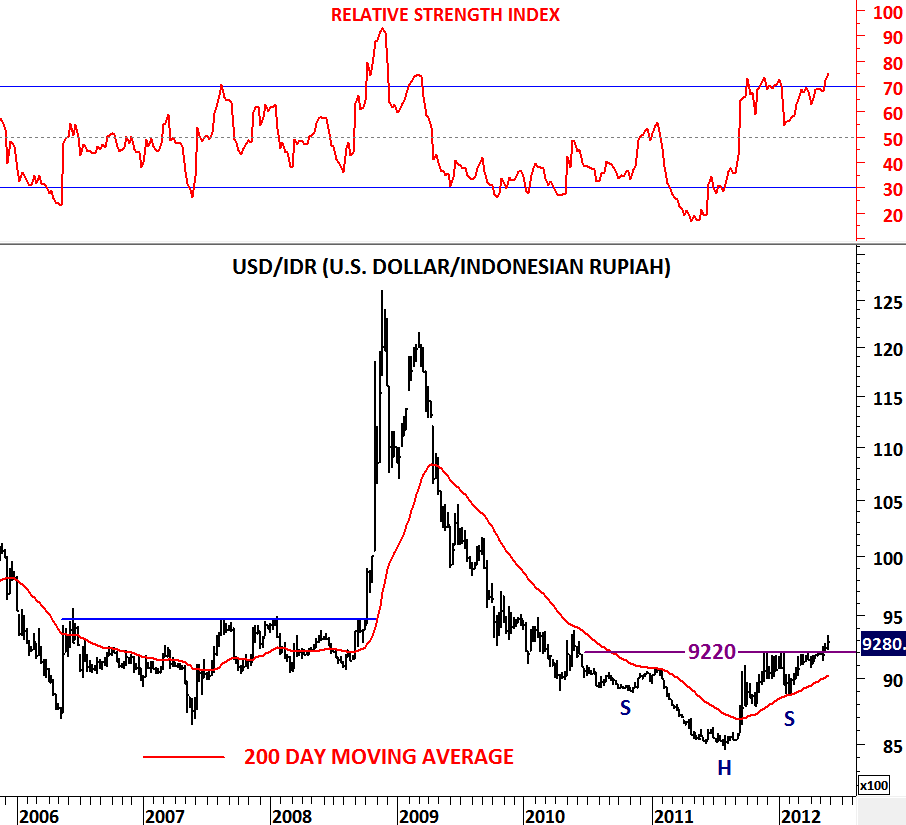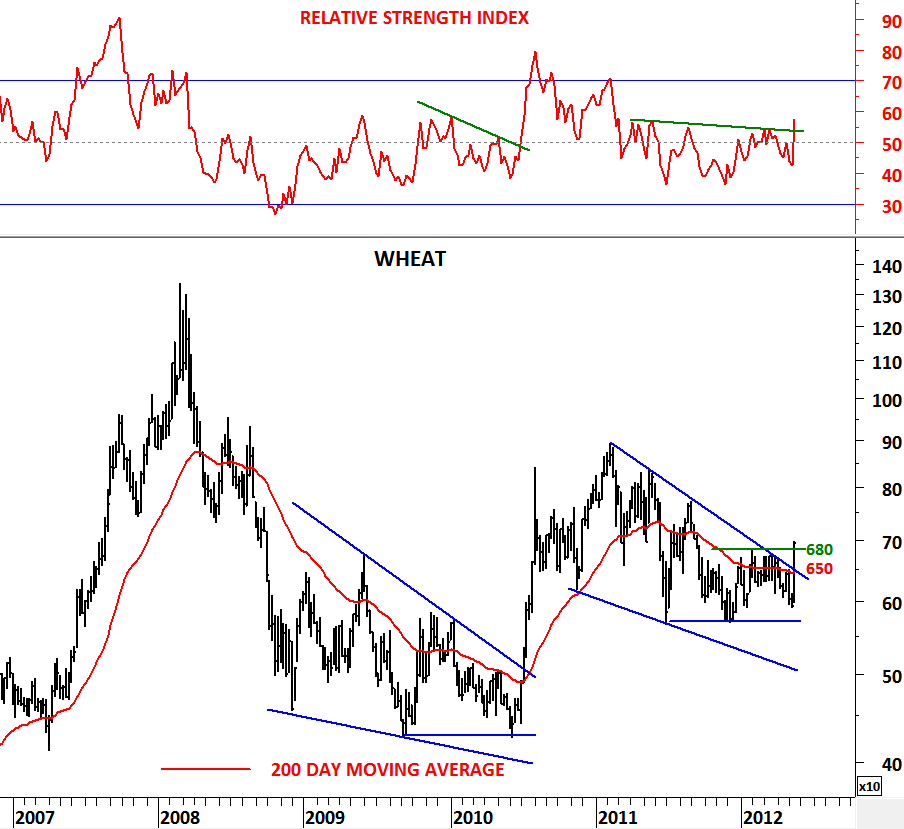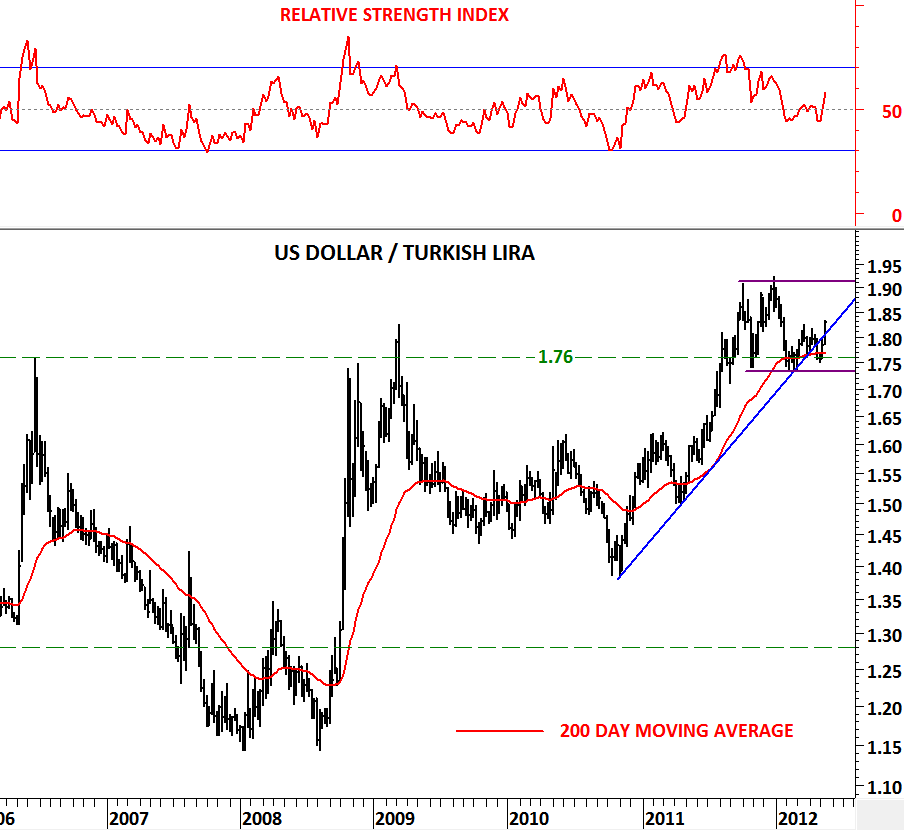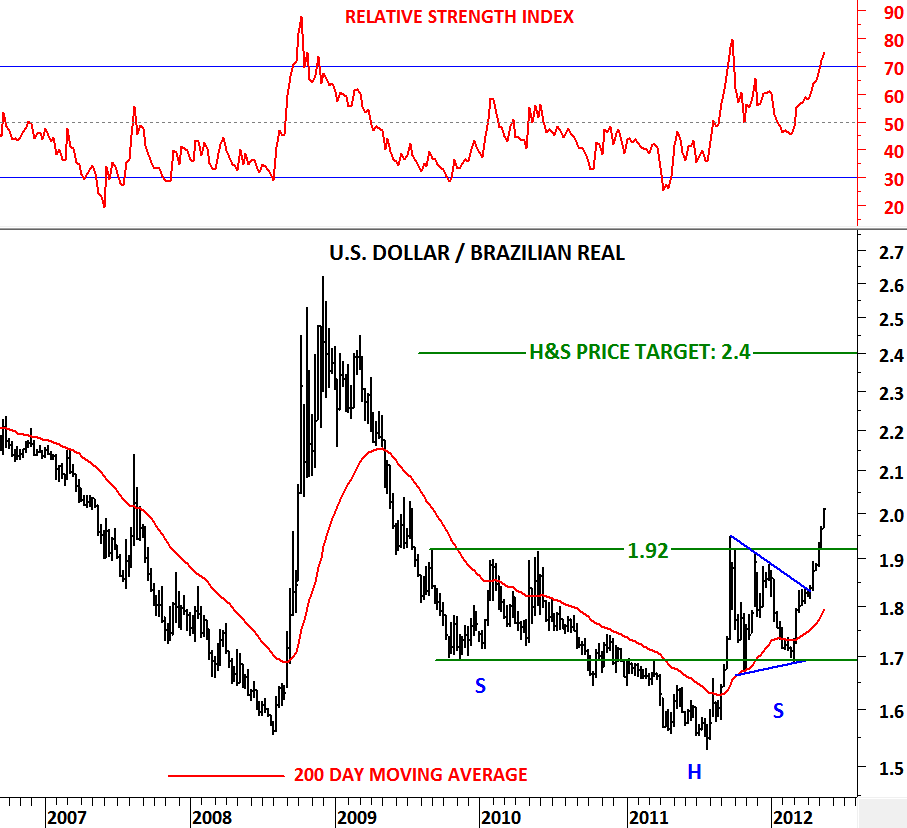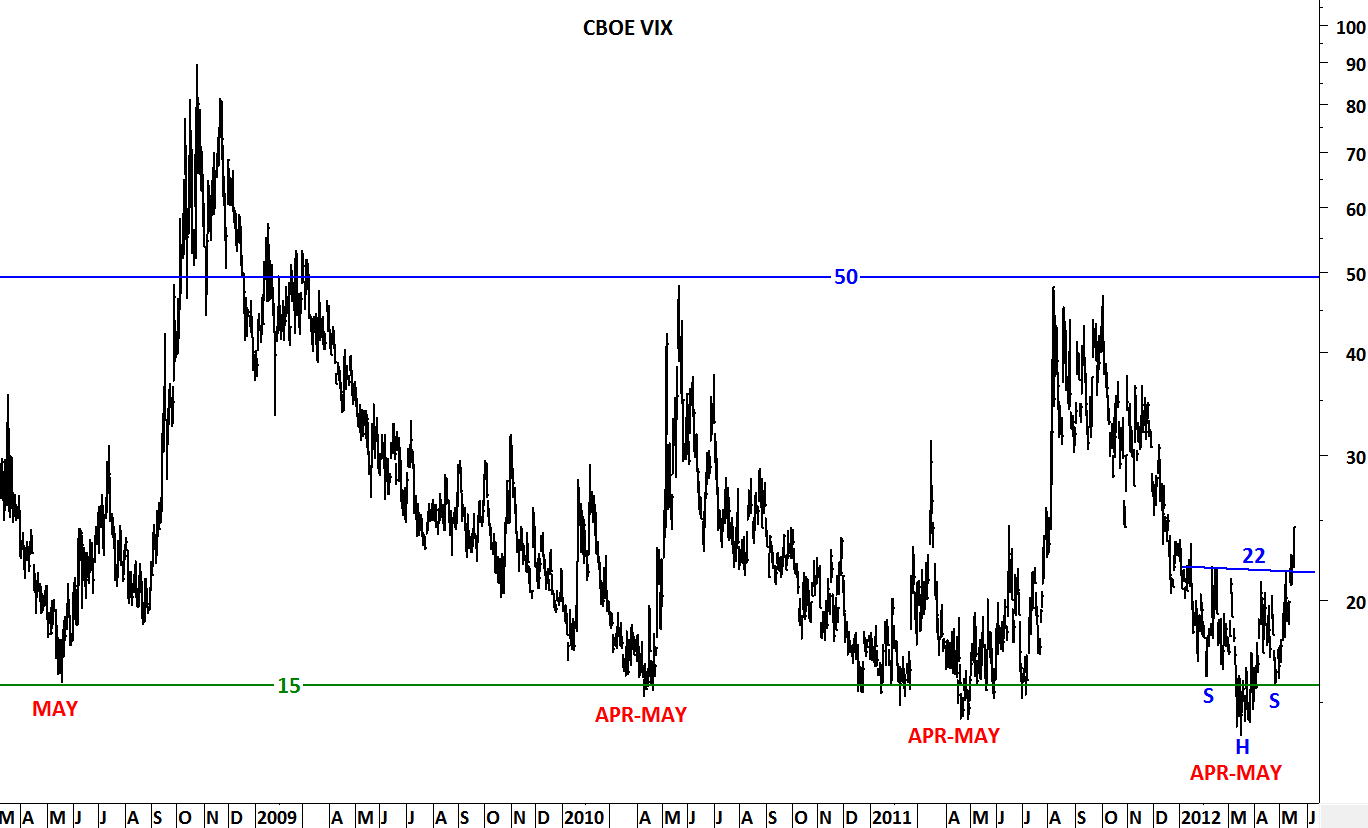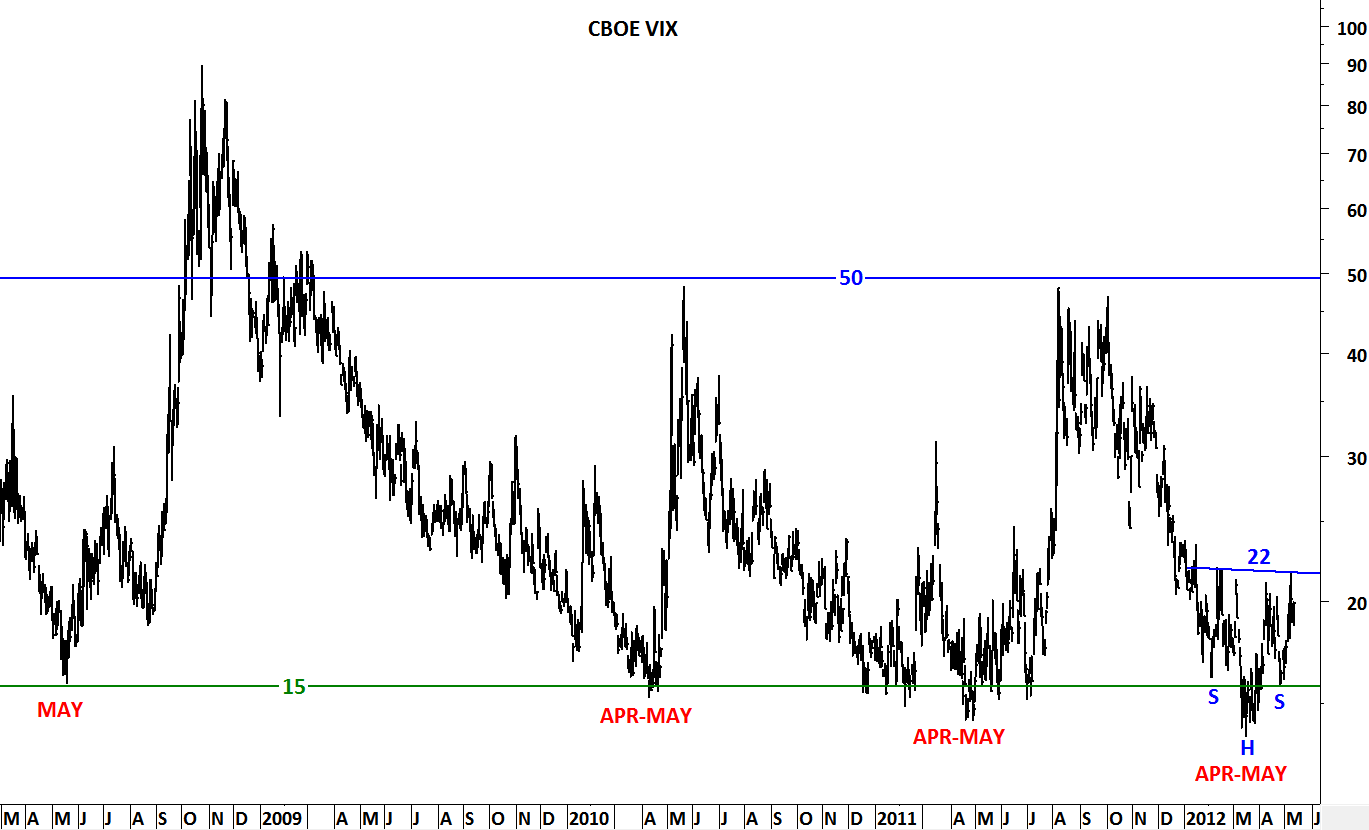GBP/USD
One of the best long-term opportunity is presenting itself on the GBP/USD chart. This widely followed currency pair is now forming a perfect symmetrical triangle. Since 2009, GBP/USD has been consolidating in a range between 1,35 and 1,70. As it is always the case with symmetrical triangles, consolidation range narrows and is usually followed by a strong breakout. It is hard to guess the direction of the breakout. Symmetrical triangles can be continuation patterns as well as reversal patterns. In order not to anticipate it is always better to wait for a decisive close outside of the boundaries as a confirmation.
Over the past 3 years consolidation range has narrowed on the GBP/USD chart and the boundaries are now between 1.52 and 1.65. We are getting close to a strong breakout that is likely to result in a medium/long-term trend. Watch these two levels carefully on a weekly basis. 1.52 is support and 1.62-1.65 area is strong resistance.

